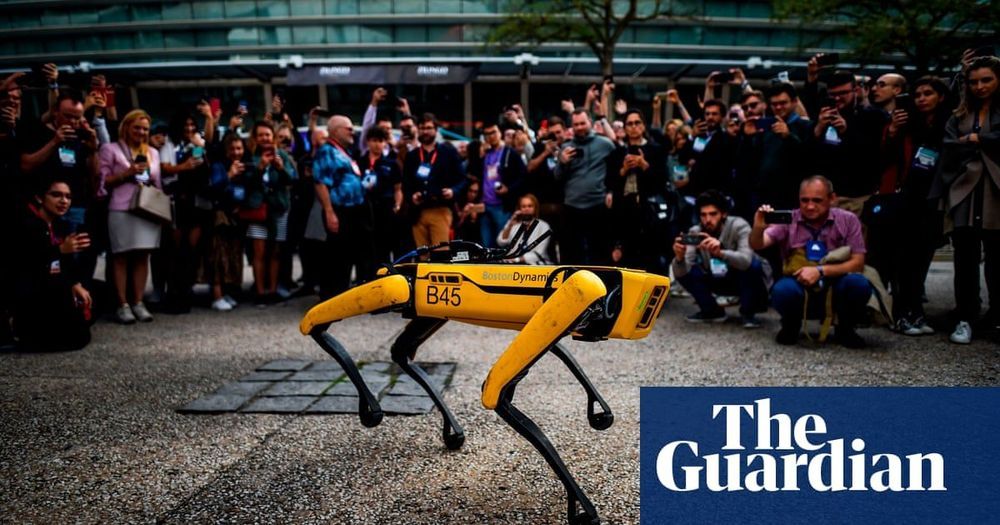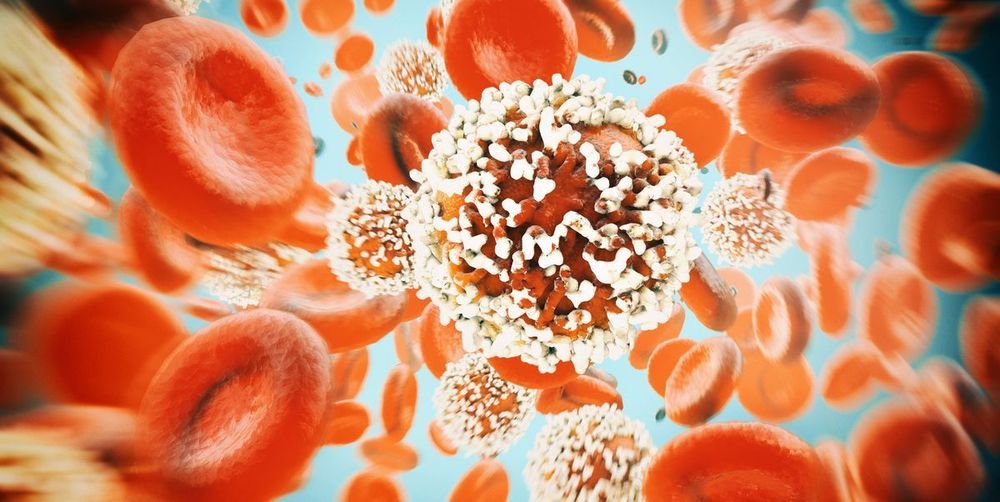Americans use an average of 50 pounds of toilet paper, per person, each year. This accounts for millions of trees being destroyed. While the western world has cut back on paper usage with the development of technology, toilet paper is one area that cannot be improved – or can it?









